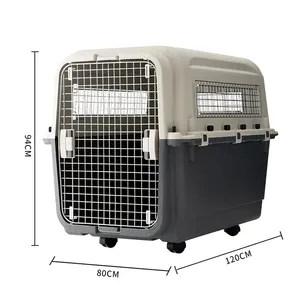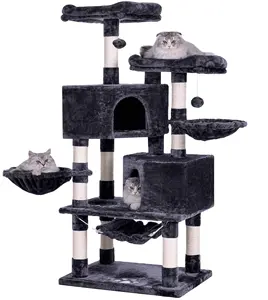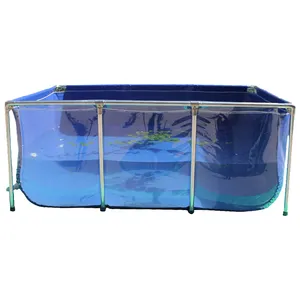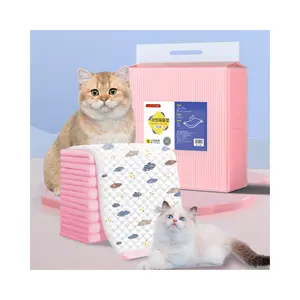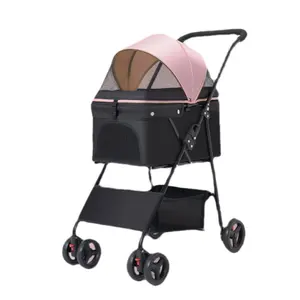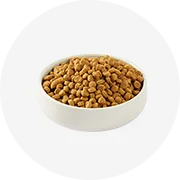Phổ biến trong ngành của bạn






Hot bán 2024 chi phí thấp tự động Chai PET thổi Máy ép cho uống ngành công nghiệp
165.462.541 ₫ - 173.099.274 ₫
Đơn hàng tối thiểu: 1 Bộ







Nhà Máy Giá độ chính xác cao nhớt máy làm đầy chất lỏng 4 đầu chai chất lỏng tự động điền máy cho xà phòng lỏng
106.914.258 ₫ - 152.734.653 ₫
Đơn hàng tối thiểu: 1 Bộ







Rượu Máy Chiết Rót Cho Vodka Whisky Sparkling Nho Rượu Rượu Đóng Chai Thiết Bị Sản Xuất Nhà Máy Dòng Với Chai Thủy Tinh
305.469.306 ₫ - 369.108.745 ₫
Đơn hàng tối thiểu: 1 Bộ







Máy Sản Xuất/Dây Chuyền/Thiết Bị Chai PET Hoàn Chỉnh Tự Động Hoàn Toàn
203.646.204 ₫
Đơn hàng tối thiểu: 1 Bộ







ZONESUN ZS-DTMP6 Sáu Đầu Bơm Từ Chất Lỏng 1 Lít Quy Mô Nhỏ Chai Thủy Tinh Máy Chiết Rót Với Băng Tải
63.613.983 ₫
Đơn hàng tối thiểu: 1 Bộ







Giá thấp bán tự động nhựa nước giải khát nước thổi làm chai PET Máy thổi
38.183.664 ₫
Đơn hàng tối thiểu: 1 Bộ






2 Khoang Bán Tự Động PET Chai Nhựa Làm Thổi Giá Máy
84.004.060 ₫ - 89.095.215 ₫
Đơn hàng tối thiểu: 1 Bộ






Máy Thổi Chai Pet Hai Bước Tự Động 20l Máy Thổi Khuôn Thổi Căng
50.911.551 ₫
Đơn hàng tối thiểu: 1 Đơn vị

Hz 880 Chai Pet Thổi Máy/2 Khoang Chai Nhựa Thổi Máy/Bán Tự Động Thổi Khuôn Máy
80.185.693 ₫ - 84.004.060 ₫
Đơn hàng tối thiểu: 1 Bộ






Nhà Máy Giá 10l 20L Lít 3 5Gallon Nước Lớn Chai PET Làm Bán Tự Động Tự Động Căng Thổi Thổi Máy Ép
173.099.274 ₫ - 183.281.584 ₫
Đơn hàng tối thiểu: 1 Bộ






Máy Thổi Chai PET Bán Tự Động Giá Thấp Nhất, Máy Thổi Chai Nhựa PET
71.276.172 ₫ - 76.367.327 ₫
Đơn hàng tối thiểu: 1 Bộ






Máy Thổi Chai PET Tự Động Hoàn Toàn 2023/Máy Thổi Căng Chai Dầu Gội Đầu Giá Rẻ
402.201.253 ₫
Đơn hàng tối thiểu: 1 Bộ
Vận chuyển mỗi chiếc: 305.470 ₫












Giá Thấp Bán Tự Động Nhựa Đồ Uống Nước Thổi Làm PET Chai Máy Thổi
114.550.990 ₫ - 122.187.723 ₫
Đơn hàng tối thiểu: 1 Bộ












Máy Làm Khuôn Thổi Chai Nước Khoáng Nhựa PET Nhỏ Tự Động Giá Tốt
101.823.102 ₫ - 114.550.990 ₫
Đơn hàng tối thiểu: 1 Bộ







Bán tự động Chai nhựa PET máy làm 2 khoang chai nhựa Máy thổi
98.004.736 ₫ - 108.187.046 ₫
Đơn hàng tối thiểu: 1 Bộ






200Ml 330Ml 500Ml Nhựa Nhỏ Chai PET Thổi Khuôn Máy Nước Ép Đồ Uống Chai Mỹ Phẩm Máy Thổi
73.821.749 ₫ - 84.004.060 ₫
Đơn hàng tối thiểu: 1 Bộ






Bán Tự Động 2 Khoang Hot Điền PET Chai Thổi Máy Stretch Thổi Khuôn Máy Cho 330Ml Chai
68.730.594 ₫ - 76.367.327 ₫
Đơn hàng tối thiểu: 1 Bộ






Máy thổi chai nhựa 5 gallon cho chai nước 20 lít Pet thổi làm máy sản xuất chai
178.190.429 ₫ - 190.918.317 ₫
Đơn hàng tối thiểu: 1 Bộ






Máy Thổi Chai Pet 20 Lít
101.823.102 ₫ - 152.734.653 ₫
Đơn hàng tối thiểu: 1 Bộ
Vận chuyển mỗi chiếc: 12.727.888 ₫






Giá nhà máy trực tiếp Chất lượng-yên tâm Chai PET Máy 5L chai nhựa thổi Máy làm
101.823.102 ₫ - 106.914.258 ₫
Đơn hàng tối thiểu: 1 Bộ






Chai Pet Nhỏ Thổi Máy Thổi Khuôn/Khuôn Máy Bán Tự Động Máy Làm Chai
89.095.215 ₫
Đơn hàng tối thiểu: 1 Bộ












Máy Thổi Khuôn Tự Động Kéo Căng Phôi 100Ml-2L Bình Đựng Thực Phẩm Nước Giải Khát Bằng Nhựa Máy Thổi Chai PET
229.101.980 ₫
Đơn hàng tối thiểu: 1 Bộ






Máy Thổi Chai PET/Máy Thổi Chai Nhựa 2 Khoang Máy Thổi Chai Nước Giải Khát Bán Tự Động
89.095.215 ₫ - 96.731.947 ₫
Đơn hàng tối thiểu: 1 Bộ






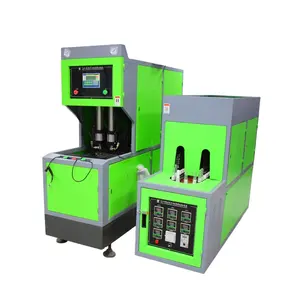










Máy Thổi Chai PET Dung Tích 400 Ml Đến 2 L, Máy Thổi Chai Pet
84.004.060 ₫ - 89.095.215 ₫
Đơn hàng tối thiểu: 1 Bộ












Preform Tùy Chỉnh Chai Pet Thổi Khuôn Máy Chai Nhựa Làm Khuôn Máy
50.911.551 ₫
Đơn hàng tối thiểu: 1 Bộ






Bán Tự Động Tay Ăn 20 Lít 5 Gallon PET Chai Nước Thổi Máy
152.734.653 ₫ - 178.190.429 ₫
Đơn hàng tối thiểu: 1 Bộ






Máy Thổi Chai Nhựa Bán Tự Động Máy Thổi Chai Nhựa Bán Tự Động
129.315.340 ₫ - 145.607.036 ₫
Đơn hàng tối thiểu: 1 Bộ












5 gallon VẬT NUÔI nước chai Máy Thổi cho khoáng sản nhà máy nước
193.463.894 ₫
Đơn hàng tối thiểu: 1 Bộ






Các danh mục hàng đầu
Giới thiệu về pet chai thổi máy móc
Alibaba.com cung cấp các sản phẩm 34427 pet chai thổi máy móc. Có rất nhiều pet chai thổi máy móc lựa chọn dành cho bạn, chẳng hạn như thái lan, nam phi, và kenya. Bạn cũng có thể chọn từ plc, động cơ, và mang pet chai thổi máy móc. Cũng như từ pp, pc, và pe pet chai thổi máy móc.Và bất kể pet chai thổi máy móc là vật nuôi chai, chai nhựa, hay chai làm cho.
